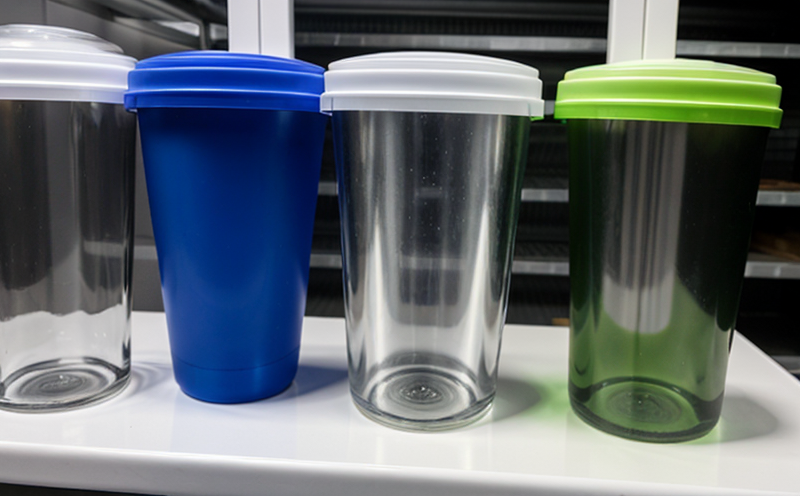ISO 8272-3 Surface Flaws Detection
The ISO 8272 series of standards provides a comprehensive framework for the testing and evaluation of surface quality in packaging materials. The ISO 8272-3 standard specifically addresses the detection of surface flaws on glass packaging materials. This method is crucial for ensuring product integrity, enhancing consumer safety, and maintaining brand reputation.
The testing procedure outlined in ISO 8272-3 involves systematic examination of glass containers to identify defects that could compromise their structural integrity or affect aesthetic appearance. These defects can include cracks, chips, bubbles, and other imperfections that may arise during the manufacturing process. The standard provides detailed guidelines on specimen preparation, visual inspection techniques, and the use of auxiliary equipment like magnifying glasses or specialized optical instruments.
Quality managers and compliance officers rely on ISO 8272-3 to ensure that glass packaging meets strict quality standards. This is particularly important in sectors such as food and beverage, where contamination from surface flaws could lead to product recalls and financial losses. R&D engineers use this service to innovate new manufacturing techniques or materials that can minimize the occurrence of defects. Procurement teams benefit by selecting suppliers who adhere to these stringent testing protocols.
The ISO 8272-3 standard is widely recognized for its rigorous approach to surface flaw detection, making it a valuable tool in maintaining high-quality glass packaging. By adhering to this method, companies can ensure that their products are safe and meet the expectations of regulatory bodies and consumers alike.
Applied Standards
| Standard | Description |
|---|---|
| ISO 8272-3 | Detailed guidelines for detecting surface flaws in glass packaging. |
Customer Impact and Satisfaction
The implementation of ISO 8272-3 ensures that customers receive reliable and high-quality packaging products. By detecting surface flaws early in the production process, companies can prevent costly rejections or recalls downstream. This not only protects brand reputation but also enhances customer trust and satisfaction.
Customers in the food and beverage sector particularly benefit from this service as it guarantees that their products are free from contamination risks associated with surface defects. In industries where transparency is key, such as pharmaceuticals, ISO 8272-3 helps maintain regulatory compliance and ensures product integrity.
A satisfied customer base translates to increased market share and long-term partnerships for companies adhering to these standards. The peace of mind provided by defect-free packaging contributes significantly to the overall customer experience.
Competitive Advantage and Market Impact
- Enhanced product quality leading to fewer defects in final products.
- Increased market credibility through adherence to international standards.
- Potential for innovation in manufacturing processes and materials.
- Better regulatory compliance, reducing the risk of non-compliance penalties.
By offering ISO 8272-3 surface flaws detection services, our laboratory provides a competitive edge that differentiates us from competitors. This service enables companies to stay ahead in an increasingly demanding market environment, where consumer trust and product reliability are paramount.





